You can trust Coach
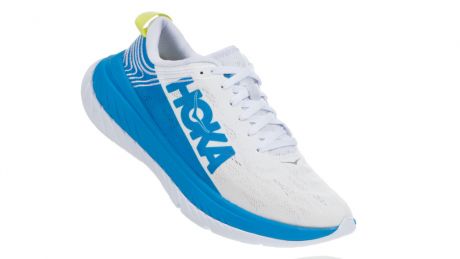
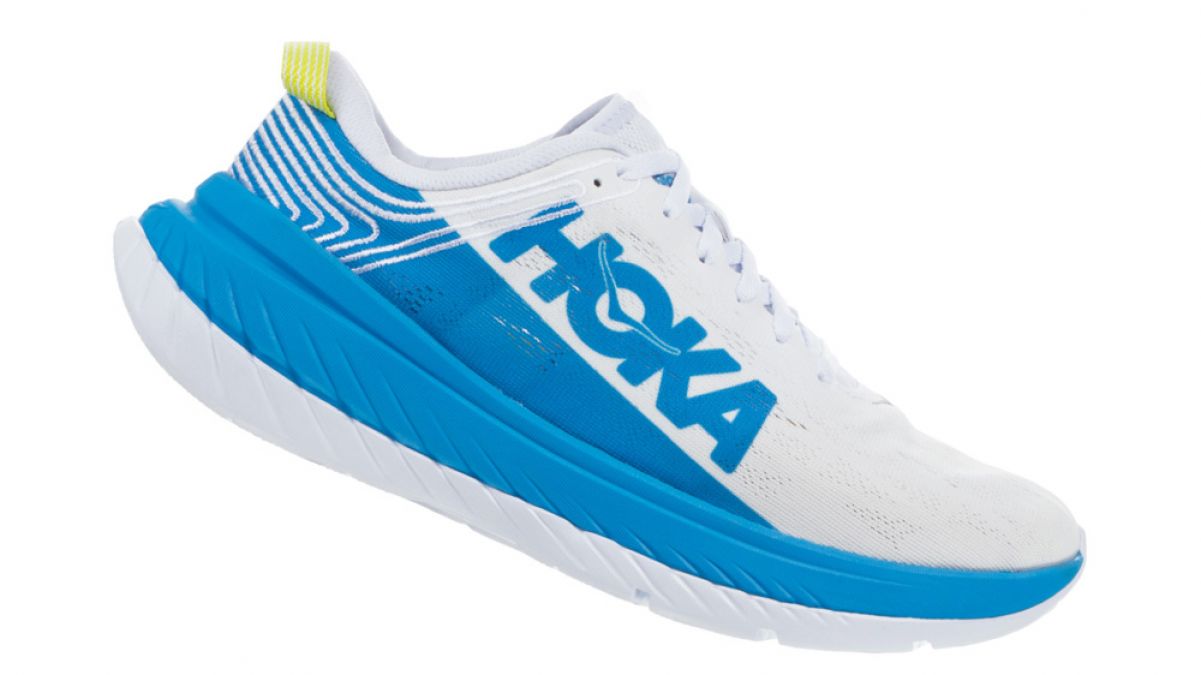
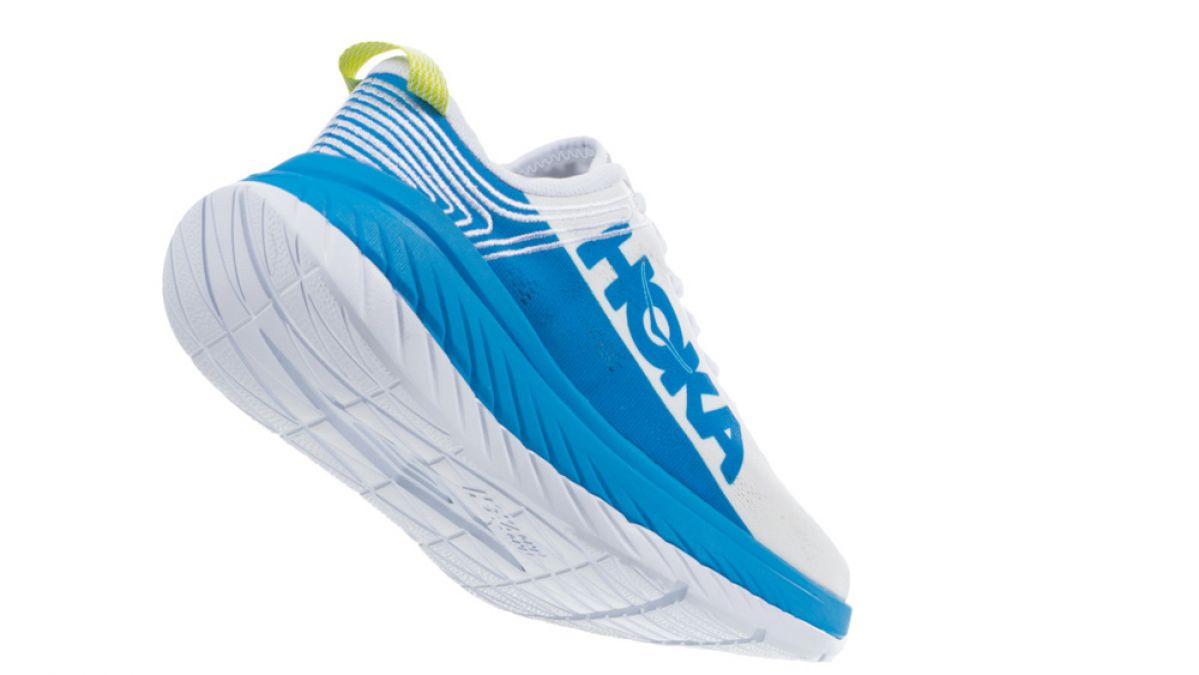
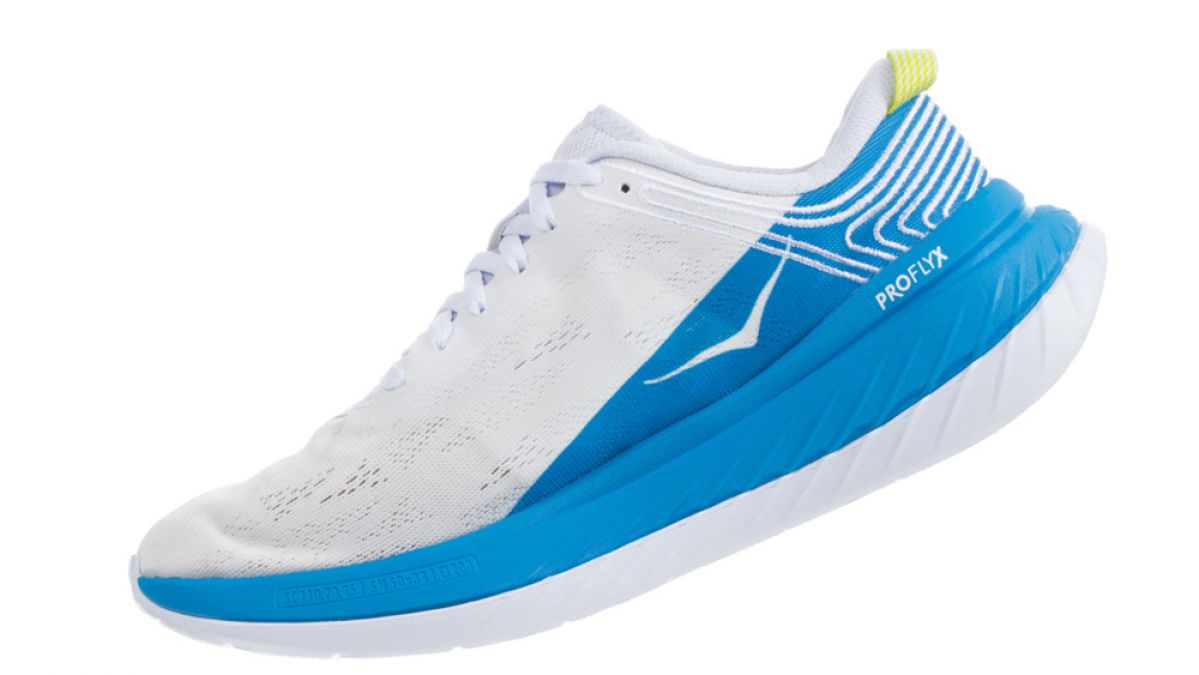
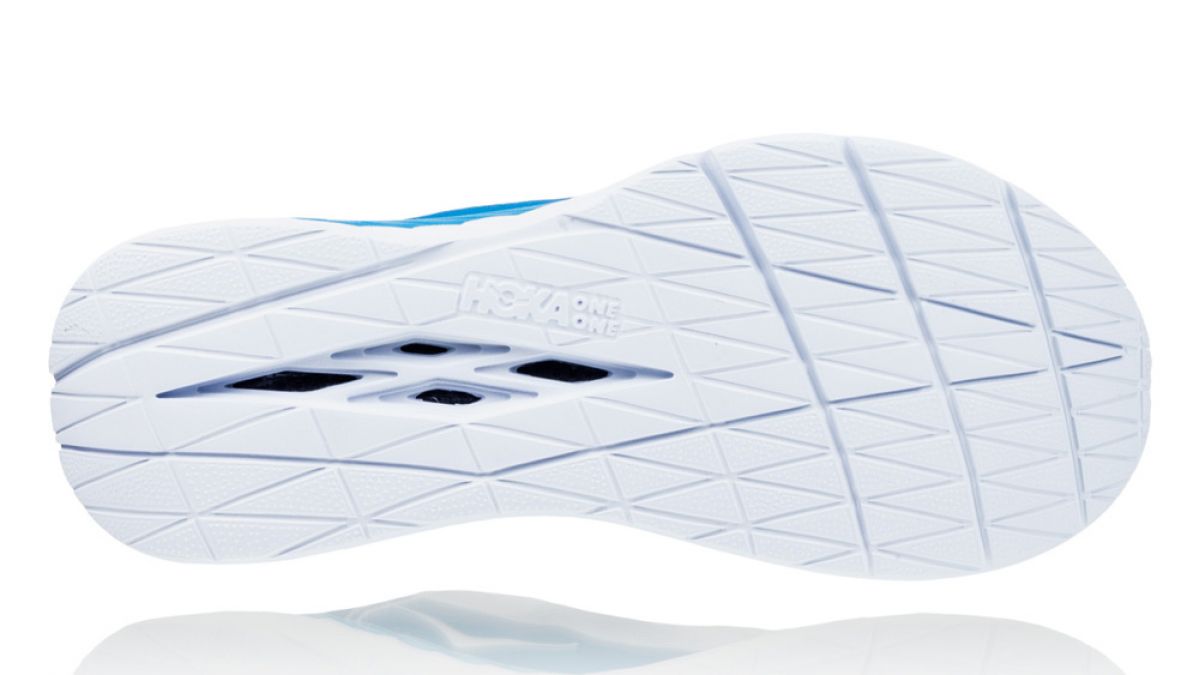
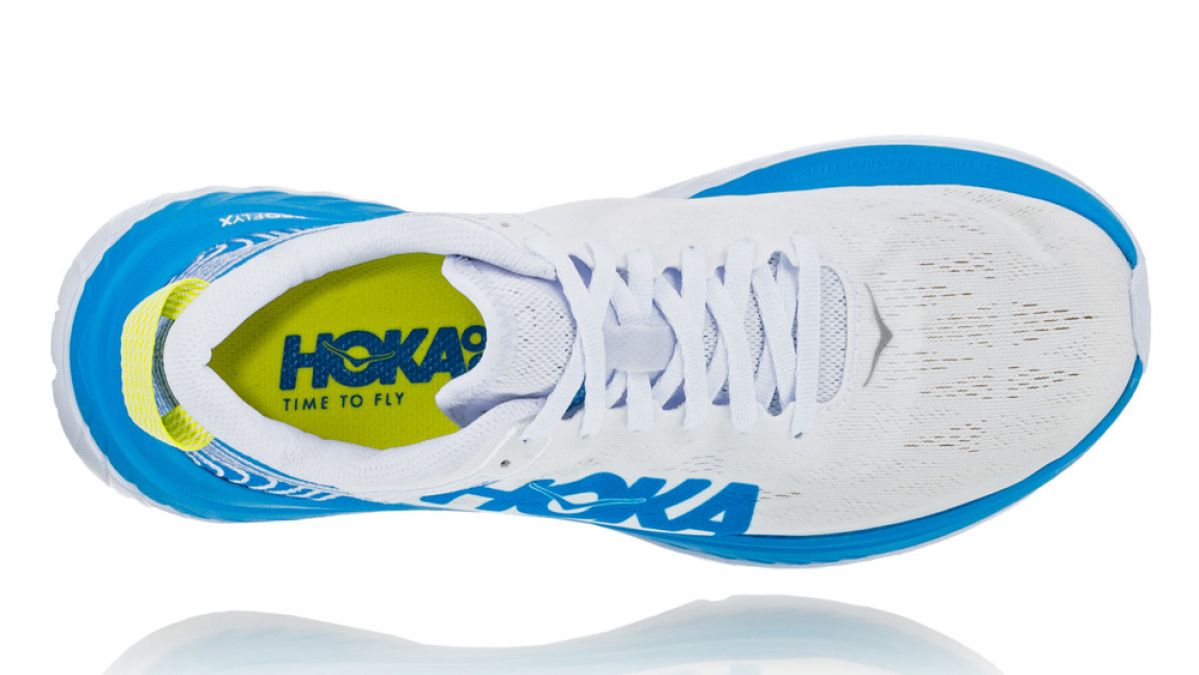
Despite the massive success of Nike’s Vaporfly 4%, not every brand has rushed to release their own running shoe containing a carbon plate and those that have aren’t taking on Nike’s marathon record-setter head-on. New Balance recently launched the 5280, which is designed as a one-mile road racer, and Hoka has the Carbon Rocket which I found very stiff and fast, better suited to races up to 10K.
Now Hoka has another shoe with a carbon plate: the Carbon X, which is intended for a different market altogether – namely long-distance running. It’s a record-setter too, having been launched at a 100km race where the 50-mile world record was broken by Hoka athlete Jim Walmsley.
The Vaporfly 4% and its successor the NEXT% are pure racers designed for one thing – to propel you to PBs – and as such they aren’t durable enough to take out for regular training runs. In contrast the Carbon X can handle that load, although it doesn’t have the same race-day pop. After a few weeks running in the Carbon X I think it would be a good marathon racing shoe for most people, and would also work for 10Ks and half marathons for some. However, most committed runners would probably rather wear something lighter and faster come race day.
I tried the Carbon X on a variety of runs, including easy efforts, track sessions and a steady 21km long run. I also took it on different terrains and I was impressed that it just about had enough grip for forest tracks in the rain, even if it’s by no means a trail shoe.
Of all the runs I tried in the Carbon X, the long run was definitely where it was at its best. Over the run I increased my pace and the shoe felt smoother and smoother as I did so. Hoka’s EVA foam Profly X midsole doesn’t have the soft feel of the Vaporfly’s ZoomX, so the ride isn’t the same squish-and-pop combo you get in the Nike shoe. Instead the plate in the Carbon X adds some propulsion to your toe-off and, in combination with the fast heel-to-toe transition of the shoe, this makes it brilliant for holding any pace over long distances.
See related
You lose the smooth ride on easy runs, however, and the Carbon X felt a little awkward to me when I dropped my pace. Hoka make a lot of comfortable shoes for easy runs, like the Clifton 6, but the Carbon X is built for speed. It’s not unpleasant to run in at a slow pace, but it’s not what it’s best at.
It works better for track sessions, even if it’s not an out-and-out speedster. I used the Carbon X for 400m, 800m and one-mile reps over the course of two track sessions and despite the large stack height of the cushioning it felt responsive and not at all unwieldy. It’s not going to be anyone’s pick for a track race, and I’d say it’s a bit too much shoe for a 5K or 10K, but the Carbon X outperforms expectations when it comes to fast training.
Sign up for workout ideas, training advice, reviews of the latest gear and more.
If you have a marathon lined up the Carbon X is a shoe that could handle all your training and help you excel on race day, though I’d still suggest something softer for your easy running. Rather than the Vaporfly, it’s more similar to the Nike Pegasus Turbo in its versatility. It’s not as soft as the Turbo on easy runs, but it does have more pop when pushing the pace over long distances, and can handle track and tempo training runs too.
It seems certain that more shoes with carbon plates will be launched in the coming years. Whether any match the magic of the Vaporfly remains to be seen, but the Carbon X is the first to offer a viable alternative for people seeking a long-distance racing shoe that’s more versatile and durable than the Vaporfly, and around £50 cheaper too.

Nick Harris-Fry is a journalist who has been covering health and fitness since 2015. Nick is an avid runner, covering 70-110km a week, which gives him ample opportunity to test a wide range of running shoes and running gear. He is also the chief tester for fitness trackers and running watches, treadmills and exercise bikes, and workout headphones.
